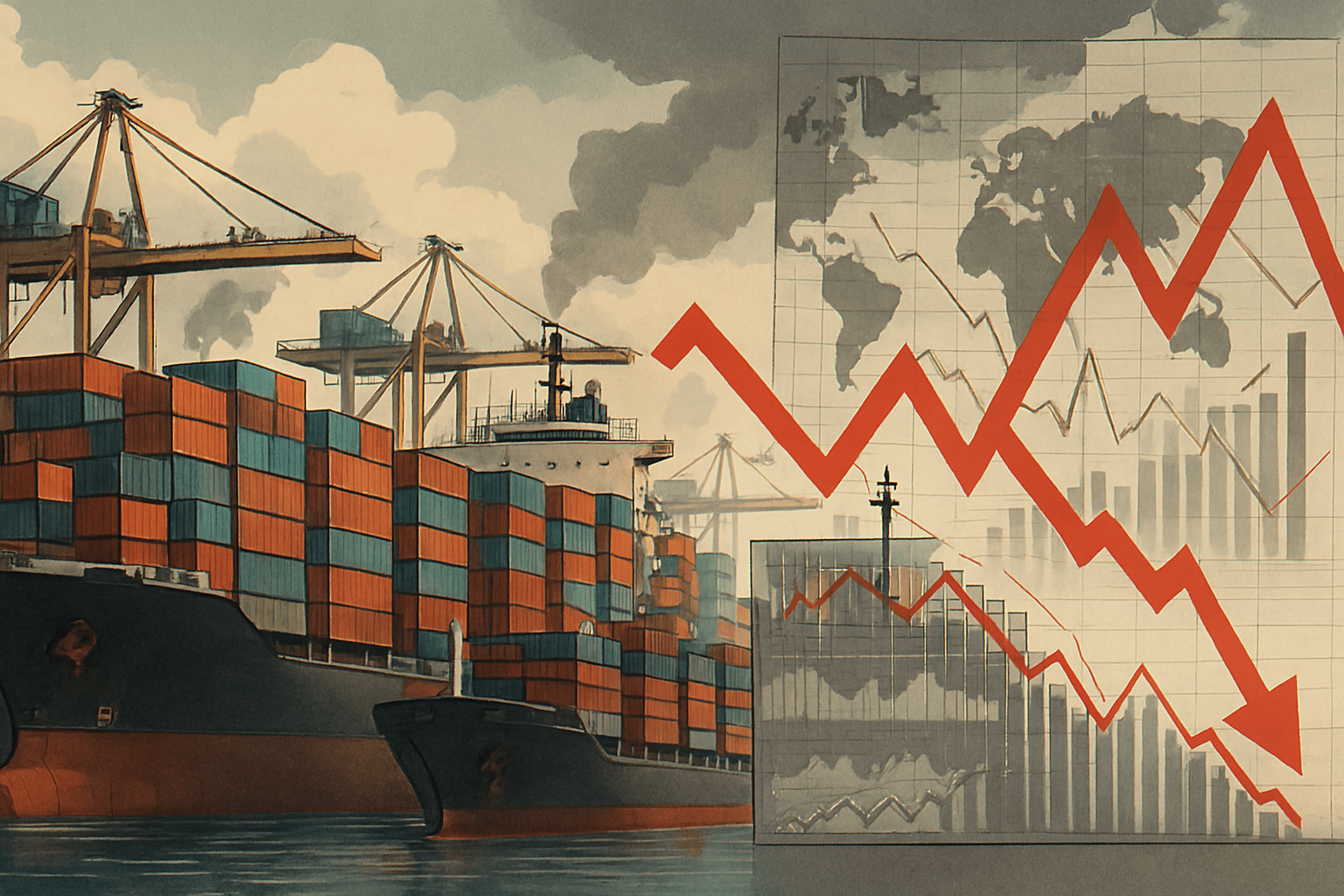
Updated: May 12 – 2025
SHANGHAI, CHINA – The global manufacturing sector continues to grapple with significant disruptions to supply chains, a challenge exacerbated by geopolitical tensions, lingering pandemic effects, and a shortage of key raw materials and components. Industry leaders warn that these persistent issues are leading to increased production costs, longer lead times, and uncertainty for businesses worldwide.
Recent data indicates that shipping delays, port congestion, and a scarcity of essential inputs like semiconductors and specialized plastics are hampering production schedules across various industries, from automotive to consumer electronics. This has a direct impact on consumer prices and availability of goods in many markets.
“Navigating the current supply chain landscape is like trying to sail through a perfect storm,” commented the CEO of a major logistics firm. “We are seeing a confluence of factors that are creating unprecedented volatility and making it extremely difficult for manufacturers to plan effectively.”
In response, many companies are exploring strategies to build more resilient supply chains. These include diversifying their supplier base, increasing local sourcing, investing in larger inventories where feasible, and adopting advanced analytics to better predict and mitigate potential disruptions. Governments are also stepping in with initiatives aimed at strengthening domestic production capabilities for critical goods.
However, experts caution that there are no quick fixes, and the process of reconfiguring global supply networks will take time and significant investment. The long-term implications could include a shift towards more regionalized trade patterns and a greater emphasis on supply chain visibility and agility.